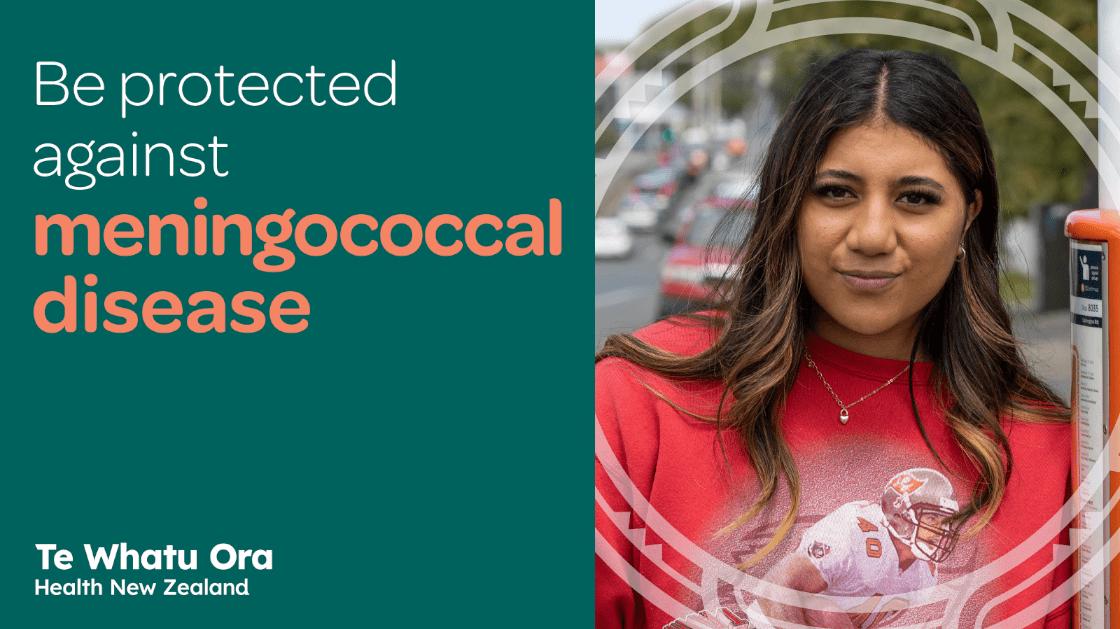
1 minute read
Creating accessible information and documents
This is the seventh item in the series providing tips on creating accessible information and documents. For previous tips refer to Tips and tools
Tips for collation of EasyRead
Advertisement
› Have one idea per page
› Group the same topics of information together
› Use headings and sub-headings including bold and colour to highlight information
› Use the same font across all headings
› Always finish a word on a line, i.e. do not hyphenate to the next line
› Always finish a sentence on the same page
› Always finish a paragraph on the same page.
Tips for images for EasyRead
› Images support and add meaning to words
› Use pictures, symbols, photos or drawings
› You can find pictures on the Clipart function of word
› You can purchase picture kits from specialist organisations
› Make sure the pictures are relevant and age appropriate
› You do not have to have a picture for each bulletpoint – you can have one just for the main point
› Do not put pictures over the words
› When using photos make sure they are up to date and clear with not too much in the photo
› Make sure you have freely available images, or you have the right to use them.
This information has been amended from Guide to Writing EasyRead Information produced by People First New Zealand Inc.
To learn more about creating accessible documents, look out for the items in future pānui. For queries, contact Paul Barclay – Senior Advisor Disability Communications Engagement on paul. barclay@cdhb.health.nz










